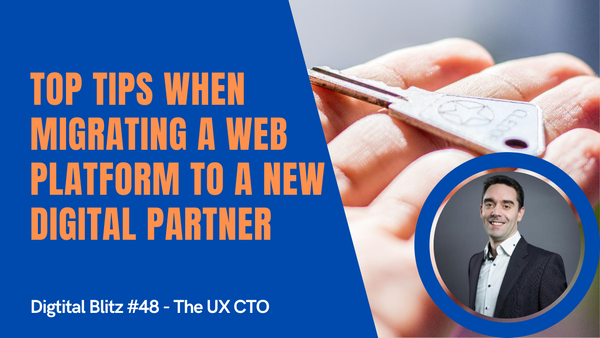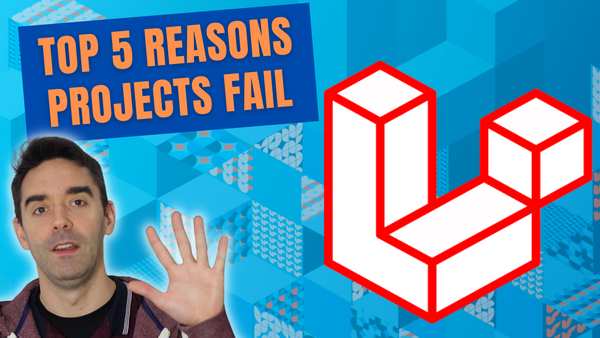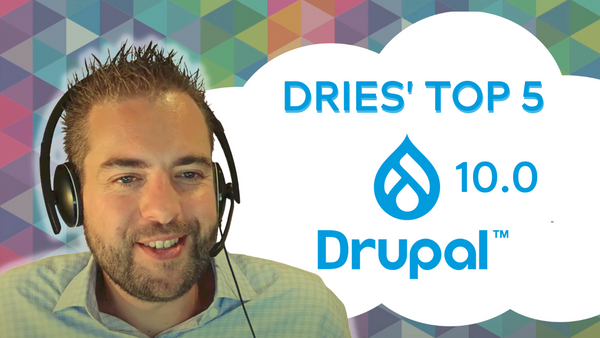Every few years, either being forced by procurement rules or due to deteriorating relationships, lots of clients will need to change digital agencies to support their websites, software as a service application or customer portals. Handing over the keys to this digital kingdom can be a daunting task and the migration of a big system is actually quite risky.
It's very different from a standard website revamp, where you can pretty much discard the old platform and build from scratch, deploy something new. When you have thousands of users, existing live systems that are running 24/7, you need to have a good and very strict process in place.
We've done such migrations for dozens of clients, from back-office systems to SaaS applications in Laravel or Drupal CMS. Over the years, we've ironed out a very clean process that makes the transition seamless and usually without any downtime.
So whether you're a developer on the agency-side, or if you're a part of the digital team on the client-side, if you're planning such a move, let me share with you a few tips and areas to look at to ensure a smooth transition.
To execute the migration of such digital systems, there are three main phases: going from the planning, the execution and the validation.
Planning a digital system migration
Let's start with the planning. First of all, you need to ensure that you have access to all systems: your domains, servers, databases and everything else around your hosting platform. You need to have access to all of that and share it securely with your new partner.
At this phase, you need to allow enough time and some budget for initial training, a discovery and an audit from the new agency. This is because they will always have some feedback. Whether it's right or wrong, the new team will want to do it "their way", with their own process, their own ways of managing environments, their own deployment pipelines, whatever they're comfortable with.
I really think it's the best option to allow that time to remain efficient in the long term: your new team needs to be comfortable managing the system with the tools that they're familiar with.
Executing the switchover
The second phase is the execution. During the transition, it's very hard to go live straight away so I would always recommend testing some small changes, a simple task from the backlog, like a copy change... just to ensure that you test the end-to-end process all the way to a live deployment. This will help document the switchover about what needs to happen on the day. It might help you realise that you need to inform users or other stakeholders in the team. It's important at that stage to gain that confidence from everyone before disconnecting the incumbent system.
Keeping the incumbent on "standby"
Obviously, before the actual go-live, you need to make sure that you have a rollback plan in place. Even if the transition goes smoothly, I recommend a phase of validation where you allow up to one week to keep the incumbent on standby "just in case". It's not necessarily to roll back - because that'd have happened the same day - but just allow a few more days, just in case you have some questions or need to compare some data in the legacy systems... it's always safer like that.
Remember to communicate
From our experience of doing that over the years, the main lesson that applies at all stages is communication. You need to communicate with everyone. You might have a disgruntled incumbent partner that might not "play ball" and might not be very helpful during the transition... that's when you need to find ways to align everyone and rally the troops around the same objectives. Even with the best tools and the best technology in place, you still need that human factor, the human connections.
It's all about building strong relationships between all parties, to communicate efficiently in a very professional manner.
If you follow all of those, all should go well and you'll have a smooth transition.
That's it for today. If you're considering transferring your platform to a new team, or if you need to upgrade your current systems, just get in touch. Don't forget to subscribe to my YouTube channel and follow me on Twitter to keep learning with me and grow your career in digital.
Until next time, stay safe and see you soon.



